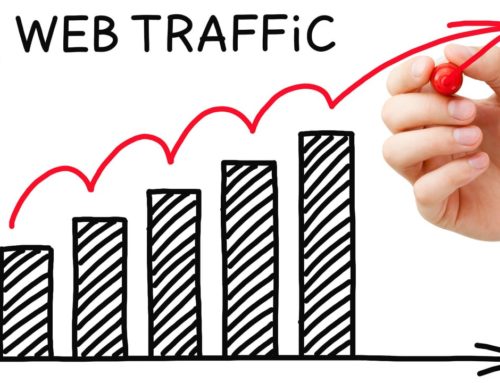Content is still the Once and Future King
Anticipating what interests your potential clients and providing it for them in an accessible way is still the most important design component of any website, but content is more than just text, or text plus graphics. It’s also your site’s overall responsiveness to the needs of the visitor. Are you giving them the information, goods and services that they are searching for conveniently? If they can’t easily find the goods, services, or information that they are seeking at your site, you’re losing potential clients . . . and possibly even existing ones.
User Experience: Make sure your UX isn’t sUX
Prior users may come to you repeatedly for the value of your goods and/or services despite a user-unfriendly interface, but every one of us has left an unpaid-for cart full of goods at some website because of issues we’ve had there. It might be an out-of-date coupon that’s still posted on the site, it might be a shortage of payment methods, or fees or taxes unannounced on the front end, difficulty finding out about availability or likely delivery dates. It might be because pages don’t load fast enough, or Captchas are too complicated, photographs are too small or otherwise not very informational, because it’s hard to get customer service guidance, or return/guarantee/warranty policies aren’t readily accessible. Nobody’s gotten more patient due to the convenience of ordering online, and because the competition is greater than ever, a bad experience will have them voting with their feet.
SEO isn’t dead: It’s more important than ever
More potential customers have more choice of more sources for goods, services, and information than ever. Search engines have increasingly been engineered to steer them towards sources that have high quality content, rather than artificially boosted content gamesmanship. There’s still some tweaking that can be done, but increasingly search engines are designed to promote ‘organic SEO.’ ‘Organic SEO’ is just a way of saying that the content is of high quality, that it is trustworthy, that it is not too derivative or plagiarised, and that the bits of information out of which it is composed are mutually integrated internally and (through linkages) externally, with other high quality content.
Overt gamesmanship to momentarily boost visibility is liable to get a site relegated down the list.
Predictive serving of information
As ever more content is accessed by ever more portable devices, it becomes increasingly important to make web content easily accessible on those devices. Part of this revolution involves predictive text (although if it’s too aggressive, it can get irritating) to help fill in search and ordering fields. Equally important is prediction of what products and services customers might be interested in based on their own previous visits, and on the visits of others who have displayed an interest in products, information, and services that they seem interested in. Amazon is very good at this, for example, when they show you what customers who have purchased a particular item often buy in relation to that item. Someone may want to purchase a Raspberry Pi, but not have thought to check whether a power supply comes with it. A timely nudge might save some frustration in such a case. If a visitor to a news site is interested in an article on a particular topic, the site may offer to serve other articles on the same or similar topics.
Again, though, it is important not to be too aggressively thrusting information into your visitors’ faces. It’s like the salesperson who won’t leave you alone when you just want to look around. A gentle suggestion goes a long way.
A word to the wise: While it’s good to stay engaged on email, filling up people’s in-boxes with promotions and other communications is going to get you relegated to the spam folder or unsubscribed, and Gmail and other services are getting better at automating the task and even suggesting it. So make those communications count.
WYSIWIG & Big Brother
Trustworthiness is an important new driver in algorithms. There’s a lot of great information on the web, and a lot of garbage, too. When visitors feel they are being misled, or bamboozled, or having their time wasted (ranking all 32 teams in a sports league on separate pages for clicks, for example), they go away and never come back. Search engines and social media platforms are concerned about liability, both legal and extra-legal, for misleading content. Users are also tired of clickbaiting techniques, spamming, various invasions of their privacy through tracking cookies, and they are concerned about the security of their information.
Having said that, social media platforms and search engines have become draconian about defining what information people should have. In some cases, they have farmed out the task of determining what is true to cadres of ‘experts’ who are short on credentials and long on agendas. Algorithms are tinkered with to present information ranked in such a way that certain takes will be promoted and others buried. All of these manipulations are performed in the service of truth, according to the arbiters, but what is submitted to scrutiny at all is generally a matter of whatever is defined as unorthodox by those same arbiters. Unfortunately, this is the present condition, so it is best not to court controversy unless you are willing to make it part of your branding strategy.
Accessibility for people with disabilities
This is gradually becoming a larger concern. There are a variety of ways that you can go about making your website more accessible for people with visual impairments, including developing a parallel site with higher contrast, larger font, brightly colored action items, and an automatic call-up for customer service assistance. On the receiving end, as Western populations continue aging, more people will be relying on voice assistance from devices such as Google Home appliances and Amazon Echo devices. Accessibility could even become a legal compliance issue. You may want to start game-planning sooner than later.









